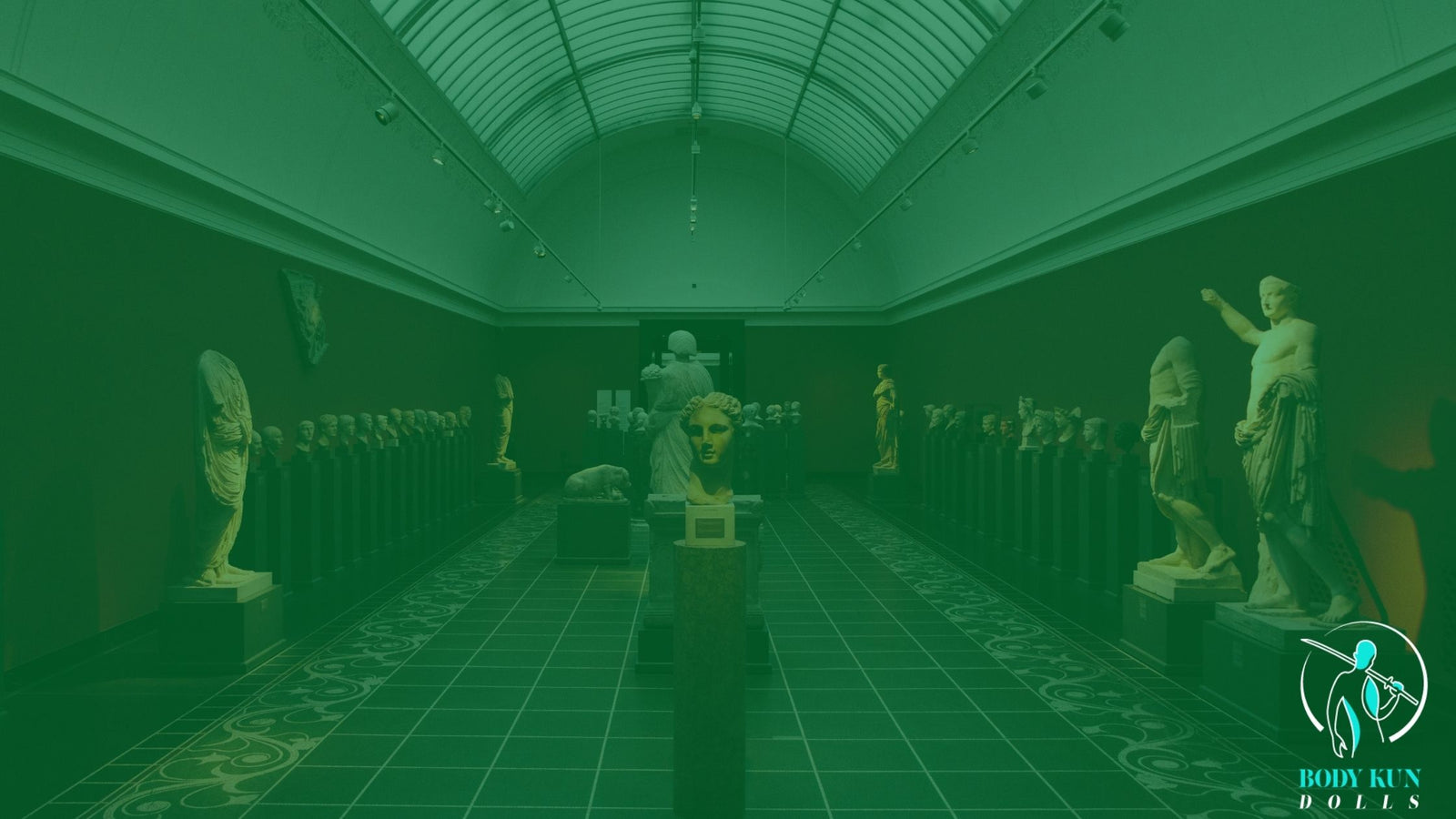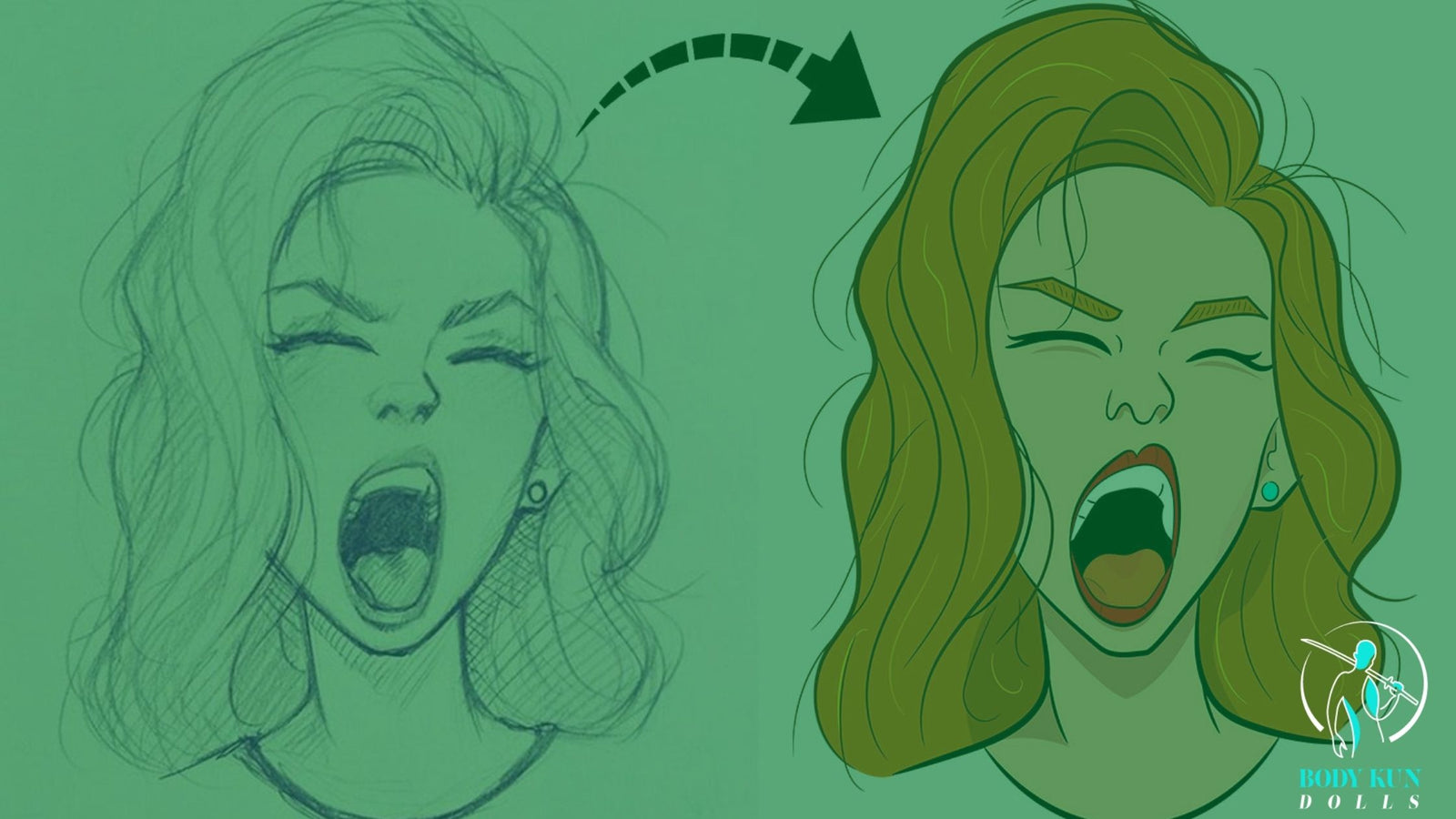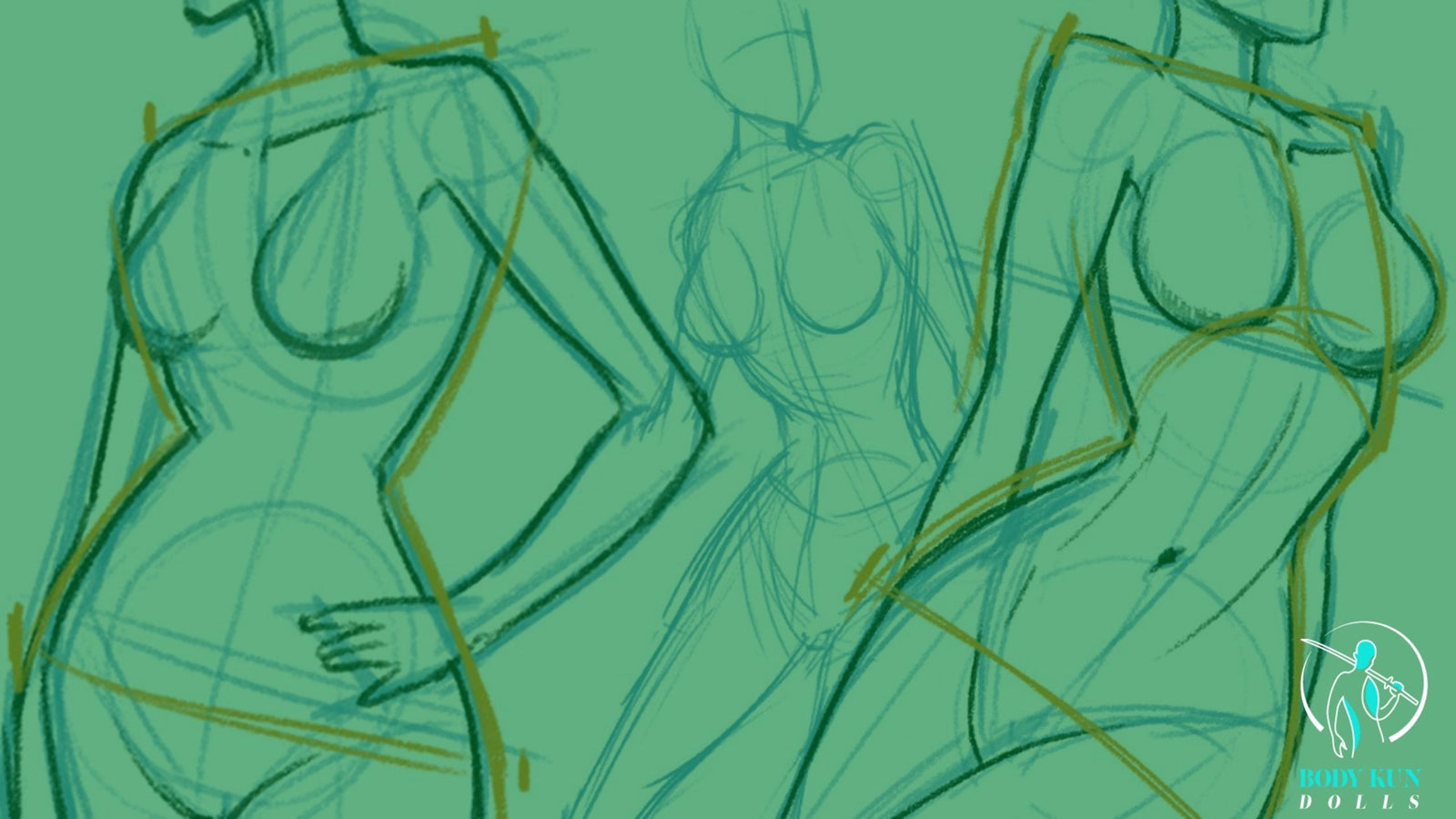Your Cart is Empty
2 min read

If you want to take your art to the next level, you’ll need to refine your skills in human anatomy. Your anatomical knowledge is crucial in shaping the structure and capturing the movement of your illustrations. Expert painter Jenő Barcsay notes that you have to study bones, joints, and muscles to understand how they can affect one’s external appearance and range of motion.
To perfect your anatomical skills, you need to practice using reference materials. Below are some of the best tools for capturing useful anatomical references for your art:
Anatomy charts
Medical students and professionals use these all the time, but anatomy charts are also useful for artists who need to understand the harmony of body parts. Rather than merely memorizing the body structure, you can buy anatomy charts to help you understand things like skin tension, sinew, fat, musculature, and poses. These charts can be used as a reference in laying out the muscles and anatomical structures that make up various poses. Using them as a drawing template can also help you illustrate angles and details that are present in the human figure for a more cohesive and realistic overall look.
Drawing mannequin
Drawing mannequins are a great investment for beginners that are mastering body proportions, and even for experts that want to illustrate dynamic poses. For starters, you can draw body shapes that match the limbs and the structure of the drawing reference. Once you’ve mastered the basics, you can arrange the drawing mannequin to create various realistic poses. These arrangements can help you capture the curvature and the angles of the body as it’s creating movement. By investing in a drawing mannequin, you can have a reference that can create and hold realistic positions.

Digital cameras
Live models allow you to create more realistic illustrations because you can view different angles and details up-close. You can always collect real life references for drawings by using mirrorless cameras to capture highly-detailed photographs of your subjects. Mirrorless cameras are compact, light, and easy to use, so they're perfect for looking for references on the go. Additionally, many mirrorless cameras have features like wide sensors or continuous shooting that allow you to take pictures of references in difficult poses or locations.
Online guides
If you want detailed references about human anatomy, the Internet has numerous art resources regarding the topic. Artist Stan Prokopenko has basic lessons on the anatomy of the human body for artists in his YouTube channel. Through his video lessons, you can have a great reference point for human anatomy and even benefit from step-by-step guides on how to illustrate various body shapes. His free guides can also help you pick up professional techniques that can elevate your skills in figure drawing. By exploring these online guides, you can have reliable anatomy references and even get anatomical lessons from experienced artists.
Maximize your resources
There's no limit to what references you can make use of to improve your art and develop your skill. By investing in the above tools, you can build a solid foundation as a budding artist and put yourself on the path to maestro-level work.
Comments will be approved before showing up.

3 min read
You're still looking to find the perfect pose to practice your figurre drawing art?
We've collected the best 7 drawing reference sources you can find online free and paid, here we have listed each and everything that you will need in your art journey in this quick guide.

5 min read

5 min read
Do you wish to learn how to draw a female body realistically? If yes, then this article is for you!
This tutorial will provide you with seven easy steps to help you create an impressive realistic female body.